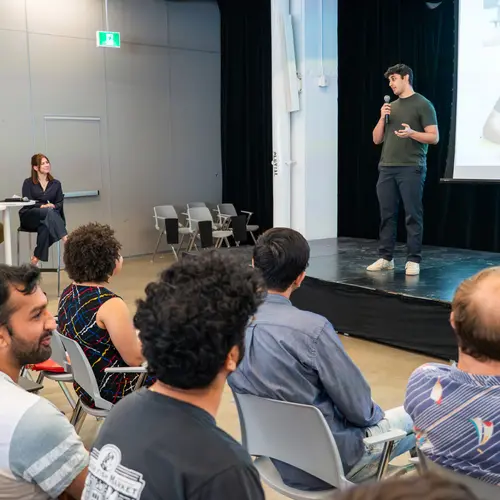
Dhanya Sridhar
Biography
Dhanya Sridhar is an assistant professor in the Department of Computer Science and Operations Research (DIRO) at Université de Montréal, a core academic member of Mila – Quebec Artificial Intelligence Institute, and a Canada CIFAR AI Chair.
She was a postdoctoral researcher at Columbia University and received her doctorate from the University of California, Santa Cruz.
In brief, Sridhar’s research focuses on combining causality and machine learning in service of AI systems that are robust to distribution shifts, adapt to new tasks efficiently and discover new knowledge alongside us.


